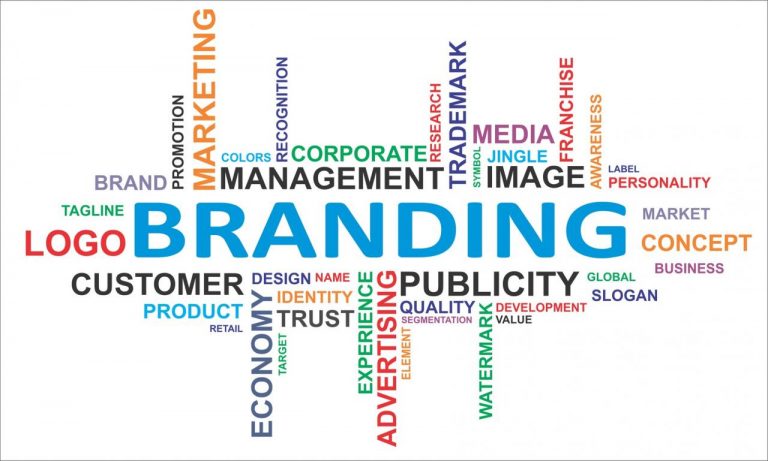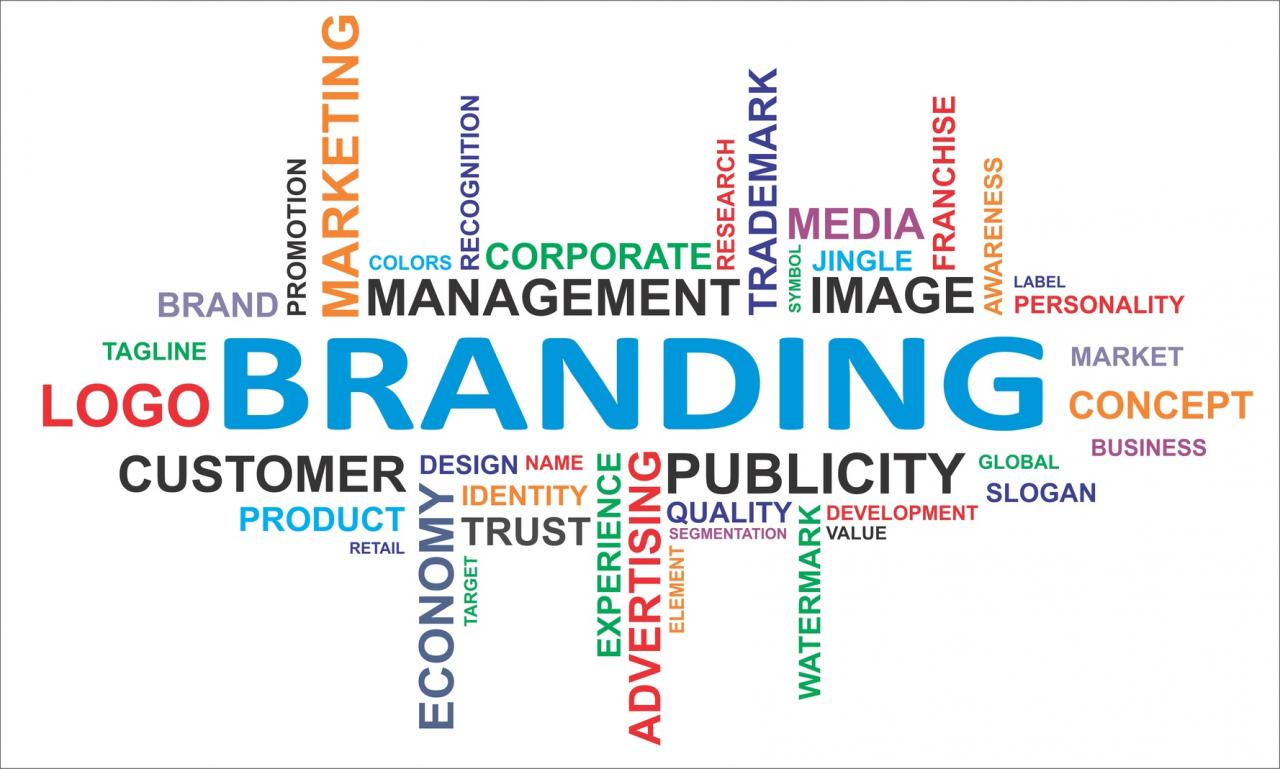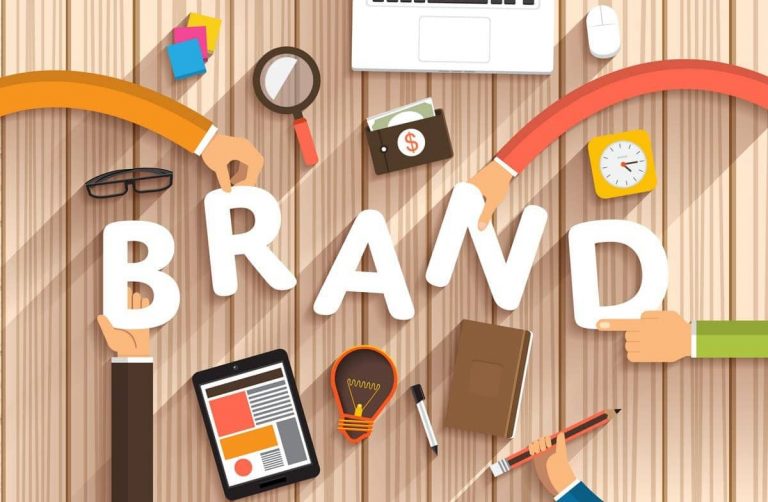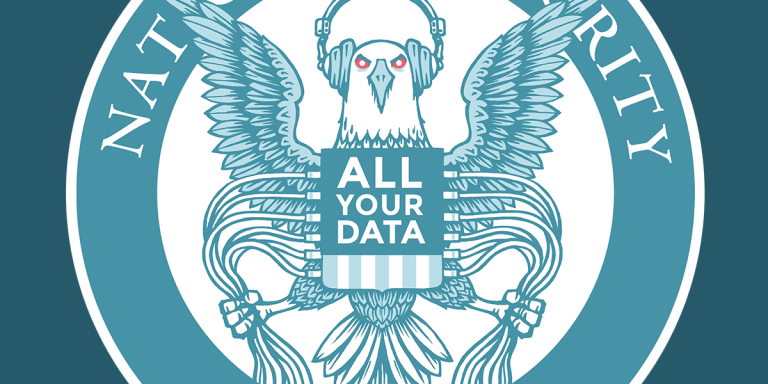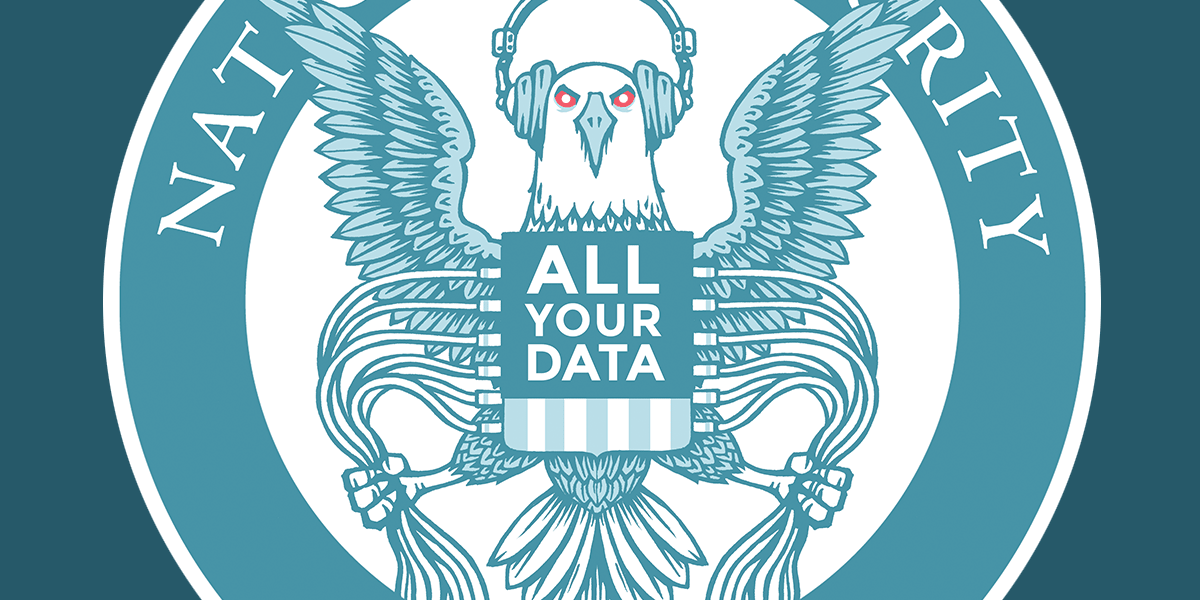As good health veggie chips not for sale in california takes center stage, this opening passage beckons readers into a vibrant exploration of a brand committed to healthy snacking. Founded with a mission to provide delicious and nutritious alternatives, Good Health has carved out a niche in the competitive snack market with its veggie chips.
However, California residents are left puzzled as these tasty snacks are not available in their state. This overview will delve into the reasons behind their absence, the unique selling points of Good Health Veggie Chips, and consumer reactions to this curious situation.
Overview of Good Health Veggie Chips
Good Health Veggie Chips have made a significant mark in the snack food industry since their inception. Established with a vision to provide healthier snack options, Good Health aims to bring delicious and nutritious products to the market, emphasizing the importance of wholesome ingredients without compromising on taste. The brand is dedicated to promoting a healthy lifestyle by offering snacks that are not just better for you, but also enjoyable.The ingredients used in Good Health Veggie Chips are carefully selected to ensure a balance of flavor and nutrition.
These chips are crafted from real vegetables, delivering a satisfying crunch while providing essential nutrients. Each serving typically boasts a blend of vitamins, minerals, and fiber, making it a smarter choice for snacking. The base ingredients often include a variety of vegetables such as kale, sweet potatoes, and carrots, seasoned with natural spices to enhance flavor without artificial additives.
Unique Selling Points of Good Health Veggie Chips
What sets Good Health Veggie Chips apart from the competition is their commitment to quality and health-focused ingredients. The following points highlight the distinctive aspects of these veggie chips:
- Real Vegetable Base: Unlike many snack chips that rely on processed ingredients, Good Health uses real vegetables, allowing consumers to enjoy the benefits of nutritional value in every bite.
- Non-GMO and Gluten-Free: The chips are made without genetically modified organisms, and are gluten-free, catering to a wide range of dietary preferences and restrictions.
- No Artificial Flavors or Preservatives: Good Health Veggie Chips are free from artificial additives, ensuring that snackers indulge in a product that is as close to nature as possible.
- Low in Calories: These chips often contain fewer calories compared to traditional potato chips, making them a lighter option for those watching their caloric intake.
- Flavor Variety: Good Health offers a range of flavors, from classic sea salt to unique blends, appealing to diverse taste preferences.
“Good Health Veggie Chips are not just a healthier alternative; they deliver taste without compromise, redefining the snacking experience.”
Availability of Good Health Veggie Chips in California
The absence of Good Health Veggie Chips from store shelves in California has raised questions among health-conscious snack enthusiasts. While these veggie chips are beloved in many states, Californians hoping to grab a bag will need to look elsewhere. Understanding the reasons behind this unavailability can shed light on the regulatory landscape affecting food products in the state.Several regulatory challenges impact the sale of Good Health Veggie Chips within California.
The state has stringent food safety and labeling requirements that can prove difficult for some products to comply with. This includes regulations concerning ingredient sourcing, nutritional content disclosures, and the presence of potential allergens. These requirements are designed to protect consumers but can create obstacles for manufacturers aiming to distribute their products in California.
Regulatory Challenges for Food Products in California
The regulatory environment in California is known for its rigor, especially regarding food products. Various factors contribute to the challenges faced by manufacturers like Good Health, including:
- Labeling Requirements: California mandates detailed labeling that must adhere to specific guidelines. Products must disclose all ingredients, nutritional information, and potential allergens, which can lead to complications for manufacturers who have not fully updated their packaging.
- Ingredient Restrictions: The state has strict rules concerning certain ingredients deemed unhealthy or controversial. Even if Good Health Veggie Chips meet general safety standards, they may contain ingredients that conflict with California’s health regulations.
- Health and Safety Compliance: Compliance with California’s health and safety regulations requires extensive testing and documentation. This can be resource-intensive for smaller companies, which may lead them to prioritize markets with less stringent requirements.
For those eager to purchase Good Health Veggie Chips, alternative locations can be found outside of California. These veggie chips are widely available in various states where regulatory requirements are less stringent, allowing consumers to enjoy these healthy snacks without restrictions. States like Texas, Florida, and New York have accessible distribution channels, making it easier for consumers to find Good Health Veggie Chips at local retailers or online platforms.
Consumer Reactions and Feedback
Consumer reactions to Good Health Veggie Chips have been largely positive, reflecting a growing trend towards healthier snack options. Many customers appreciate the brand’s commitment to using wholesome ingredients, leading to favorable reviews that highlight both taste and nutrition. This feedback provides insight into how these chips resonate with health-conscious consumers.Many customers express their satisfaction with the flavors and crunchiness of Good Health Veggie Chips.
They appreciate that these snacks are made from real vegetables and contain no artificial flavors or preservatives. This aspect is particularly appealing in the current health-conscious market, where consumers are increasingly seeking snacks that contribute to a balanced diet.
Customer Preferences for Healthier Snacks
The preference for healthier snack alternatives is not just a passing trend; it has become a significant factor influencing consumer choices. Good Health Veggie Chips fit seamlessly into this evolving landscape, offering a guilt-free snacking option without sacrificing taste. Many reviews indicate that consumers prefer snacks that provide nutritional benefits without compromising on flavor. Good Health Veggie Chips deliver on this promise, making them a popular choice among those looking to lead a healthier lifestyle.
Key points from customer feedback include:
- Nutritional Value: Customers frequently mention the high fiber content and the use of vegetable-based ingredients as major selling points.
- Flavor Variety: The range of flavors available, including classic and unique options, contributes to customer satisfaction, allowing for a diverse snacking experience.
- Convenience: Many consumers appreciate the portability of these chips, making them a practical choice for on-the-go snacking.
“Good Health Veggie Chips are my go-to snack; they satisfy my cravings without making me feel guilty.”
Impact of Non-Availability in California
The absence of Good Health Veggie Chips in California presents a unique challenge for the brand. California is known for its health-driven consumer base, and not having access to these snacks can affect customer loyalty and brand perception.The feedback from consumers indicates a strong desire for the product in this market. Many express frustration over the unavailability, which can lead to diminished brand loyalty among California residents.
Consumer reactions highlight the following points regarding the impact of non-availability:
- Frustration over Access: Many customers report disappointment when they seek out the product only to find it unavailable, leading to a sense of loss regarding their preferred snack choice.
- Potential for Reduced Loyalty: Customers may turn to alternative brands that offer similar products, which could erode Good Health’s market share in a key demographic.
- Brand Perception: The perception of Good Health as a leading provider of healthy snacks might be adversely affected, as consumers may question the brand’s commitment to accessibility and availability.
Nutritional Benefits of Veggie Chips
Veggie chips have emerged as a popular alternative to traditional potato chips, offering a flavorful snack option that can fit seamlessly into a healthier lifestyle. While they might not replace the nutritional punch of whole vegetables, these snacks present several advantages over conventional chips, particularly in terms of ingredients and health benefits.Veggie chips are often made from a variety of vegetables, which can enhance their nutritional profile.
Unlike regular potato chips that are typically high in calories and saturated fats, veggie chips can provide essential vitamins and minerals. For instance, many veggie chips are baked rather than fried, resulting in lower fat content while retaining more nutrients. This makes them a more appealing choice for those looking to maintain a balanced diet while still enjoying crunchy snacks.
Nutritional Comparison of Good Health Veggie Chips and Competitor Snacks
To understand the benefits more clearly, here’s a comparison table that showcases the nutritional content of Good Health Veggie Chips against some leading competitor snacks. This will help highlight the relative advantages of choosing veggie chips over traditional snacks.
| Brand | Calories (per 1 oz) | Fat (g) | Sodium (mg) | Fiber (g) | Sugars (g) |
|---|---|---|---|---|---|
| Good Health Veggie Chips | 130 | 7 | 140 | 2 | 1 |
| Leading Competitor A | 150 | 9 | 200 | 1 | 1 |
| Leading Competitor B | 160 | 10 | 210 | 1 | 2 |
The above table illustrates that Good Health Veggie Chips not only offer fewer calories compared to some competing products but also maintain a favorable balance of fats and sodium. These factors contribute to a healthier snacking experience overall.Incorporating veggie chips into a balanced diet can be an easy and enjoyable endeavor. They serve as an excellent choice for a midday snack or as a companion to dips and salsas.
Because veggie chips are often made from a variety of vegetables, they can also contribute to your daily vegetable intake, although they should not be relied upon as a primary source of nutrients. In a balanced diet, veggie chips can be enjoyed alongside fresh fruits, nuts, and whole grains. Pairing veggie chips with a protein source, such as hummus or yogurt-based dips, can enhance their nutritional value while satisfying hunger more effectively.
This approach ensures that snacking remains both enjoyable and beneficial to your overall health.
Alternatives to Good Health Veggie Chips
For those seeking to satisfy their craving for veggie chips without relying on Good Health Veggie Chips, there are plenty of alternatives available in California. Whether you prefer store-bought options or are inclined to make your own, you can still enjoy a healthy and flavorful snack. This section explores various brands that provide similar products and offers ideas for homemade veggie chip recipes, ensuring you have delicious choices at your fingertips.
Similar Veggie Chip Brands Available in California
California boasts a variety of brands that offer veggie chips, catering to health-conscious snackers. These brands highlight the use of wholesome ingredients and often include unique flavors that elevate the traditional veggie chip experience. Here are some noteworthy brands to consider:
- Kettle Brand Veggie Chips: Known for their crunchy texture and bold flavors, Kettle Brand offers delicious options like Sea Salt and Zesty Ranch, made from real vegetables.
- Terra Chips: A pioneer in the veggie chip market, Terra Chips specializes in a colorful assortment of root vegetables, providing a unique blend of tastes and textures.
- Rhythm Superfoods: With a focus on organic ingredients, Rhythm offers baked veggie chips that are both crunchy and nutritious, featuring flavors such as Beet and Kale.
- Brad’s Plant Based: This brand focuses on raw and minimally processed veggie chips made from ingredients like kale and carrots, resulting in a nutrient-rich snack.
Homemade Veggie Chip Recipes
For those looking to get crafty in the kitchen, making your own veggie chips can be a rewarding endeavor. Homemade chips allow you to control the ingredients and customize flavors to your liking. Here are a few simple recipes to try:
- Sweet Potato Chips: Slice sweet potatoes thinly, toss with olive oil and sea salt, then bake at 400°F until crispy.
- Kale Chips: Massage fresh kale leaves with olive oil and your favorite seasonings, then bake until crispy at 350°F.
- Beet Chips: Thinly slice beets, coat with olive oil, and roast at 375°F until they reach a crunchy texture. Season with salt or spices as desired.
- Carrot Chips: Cut carrots into thin rounds, season with paprika and a drizzle of olive oil, and bake at 400°F until crisp.
Where to Find Veggie Chip Alternatives
Finding veggie chip alternatives in California is relatively easy, whether you prefer shopping in stores or online. Major grocery chains, health food stores, and specialty retailers typically stock various veggie chip brands, ensuring you have access to a diverse selection. Here are some recommended places to look:
- Whole Foods Market: An excellent source for organic and specialty snacks, including a range of veggie chips.
- Trader Joe’s: Known for its unique and affordable food options, Trader Joe’s often carries a variety of veggie chips.
- Sprouts Farmers Market: This health food store focuses on fresh and organic products, making it a great spot to find veggie chips.
- Amazon: Online shopping allows for easy access to a wide array of veggie chip brands, often with customer reviews available.
Marketing Strategies for Healthy Snacks
Promoting healthy snacks like Good Health Veggie Chips requires innovative marketing strategies that resonate with health-conscious consumers. The market for healthy snacks is competitive, and brands need to stand out through effective messaging and targeted campaigns. Understanding the unique selling points of veggie chips can help craft marketing strategies that appeal to various consumer segments.To effectively reach the target audience, brands like Good Health utilize a mix of traditional and digital marketing techniques.
One of the most impactful methods has been the use of social media platforms and influencer partnerships to increase brand visibility and engagement.
Role of Social Media and Influencer Partnerships
Social media serves as a powerful tool for healthy snack brands to connect directly with consumers. Platforms like Instagram, TikTok, and Facebook allow brands to showcase their products visually, often highlighting the vibrant colors and appealing textures of veggie chips. Engaging content such as recipe videos, health tips, and snack hacks can capture the attention of potential buyers. Influencer partnerships amplify this reach by leveraging the trust and credibility influencers hold within their communities.
When popular health and wellness influencers share their experiences with Good Health Veggie Chips, it creates authentic engagement and drives consumer interest. Influencers can demonstrate the versatility of veggie chips, suggesting them as a guilt-free snack option or a crunchy topping for salads, which further encourages their followers to try the products.Key elements of leveraging social media and influencer partnerships include:
- Creating visually appealing content that emphasizes product benefits.
- Utilizing user-generated content to foster community and trust.
- Engaging influencers who genuinely align with the brand’s values and mission.
Promotional Campaign Design for Good Health Veggie Chips
A well-crafted promotional campaign can significantly enhance the visibility of Good Health Veggie Chips in California, especially given the state’s health-conscious demographic. This campaign could focus on the theme “Snack Bright, Live Bright,” emphasizing the vibrant colors and nutritional benefits of veggie chips.The campaign could include the following components:
- Social Media Challenges: Encourage consumers to share their own creative recipes using veggie chips, incentivizing participation with prizes or features on the brand’s official pages.
- Sampling Events: Organize pop-up events in grocery stores and fitness centers throughout California, allowing consumers to taste the product and receive promotional discounts on their first purchase.
- Collaboration with Local Fitness Influencers: Partner with well-known local fitness personalities to host online webinars or live cooking classes showcasing how Good Health Veggie Chips can be incorporated into a healthy lifestyle.
By capturing the essence of fun and health, this campaign could effectively engage consumers, driving higher brand awareness and sales for Good Health Veggie Chips in California.
Future Trends in Healthy Snacking
The healthy snacking market is evolving rapidly, shaped by changing consumer preferences and increasing awareness of health and wellness. As people seek convenient yet nutritious options, trends are emerging that not only redefine what constitutes a healthy snack but also offer exciting opportunities for brands like Good Health Veggie Chips. This discussion highlights key trends, potential innovations, and the significance of sustainability in the production of snack foods.
Emerging Trends in Healthy Snacking
The demand for healthy snacks is on the rise, with consumers gravitating towards products that align with their health-conscious lifestyles. Key trends influencing this market include:
- Plant-Based Ingredients: A growing number of consumers are opting for snacks made from plant-based ingredients due to their perceived health benefits and environmental sustainability.
- Functional Snacks: There is increasing interest in snacks that offer additional health benefits, such as enhanced energy, digestive support, or immune boosting properties.
- Transparency in Labeling: Consumers are becoming more discerning about ingredient sourcing and are favoring brands that offer transparency regarding their sourcing practices and nutritional information.
- Personalization: The trend towards personalized nutrition is leading brands to offer customizable snack options that cater to individual dietary needs and flavor preferences.
Innovations in Flavors and Packaging
Innovation in flavors and packaging can significantly enhance the appeal of Good Health Veggie Chips. Exciting opportunities exist to attract more consumers through:
- Unique Flavor Profiles: Introducing unconventional flavor combinations, such as spicy mango or garlic herb, may intrigue adventurous snackers and encourage trial.
- Limited Edition Flavors: Seasonal or limited-time offerings can create buzz and urgency, encouraging consumers to seek out new and exciting options.
- Eco-Friendly Packaging: Utilizing biodegradable or recyclable packaging can resonate with environmentally-conscious consumers and align with sustainability efforts.
Sustainability in Snack Food Production
Sustainability is becoming an essential component in the snack food industry, with consumers increasingly prioritizing brands that demonstrate environmental responsibility. Good Health Veggie Chips can align with this movement by:
- Sourcing Local Ingredients: Partnering with local farmers for ingredient sourcing can reduce carbon footprints and promote local economies.
- Minimizing Waste: Implementing processes to minimize production waste and utilizing by-products can enhance sustainability efforts.
- Certification and Partnerships: Obtaining certifications such as organic, non-GMO, or fair trade can build trust and credibility among consumers concerned about sustainability.
“Consumers are not just looking for tasty snacks; they want to feel good about their choices for their health and the planet.”
Closing Notes
In conclusion, while Good Health Veggie Chips may not currently be on California shelves, their popularity and nutritional benefits resonate with many consumers who seek healthier snack options. As we’ve explored the brand’s mission, regulatory hurdles, and potential alternatives, it becomes clear that the demand for these veggie chips is strong, and with the right strategies, they could find their way into the hands of health-conscious Californians in the future.
Clarifying Questions
Why are Good Health Veggie Chips not available in California?
The absence of Good Health Veggie Chips in California is primarily due to regulatory challenges and restrictions that impact the sale of certain snack products in the state.
What are the main ingredients in Good Health Veggie Chips?
Good Health Veggie Chips are made from various vegetables, including kale, spinach, and beets, along with seasonings to enhance flavor, making them a healthier alternative to traditional chips.
How do Good Health Veggie Chips compare nutritionally to potato chips?
Good Health Veggie Chips typically contain fewer calories, less fat, and more vitamins and minerals than traditional potato chips, making them a better choice for health-conscious consumers.
Where can I find alternative veggie chip brands in California?
California residents can explore brands like Terra Chips and Biena Snacks, which offer similar veggie chip products at local grocery stores and online retailers.
Are there homemade recipes for veggie chips?
Yes, you can easily make homemade veggie chips by thinly slicing vegetables like zucchini or sweet potatoes, seasoning them, and baking until crisp.





